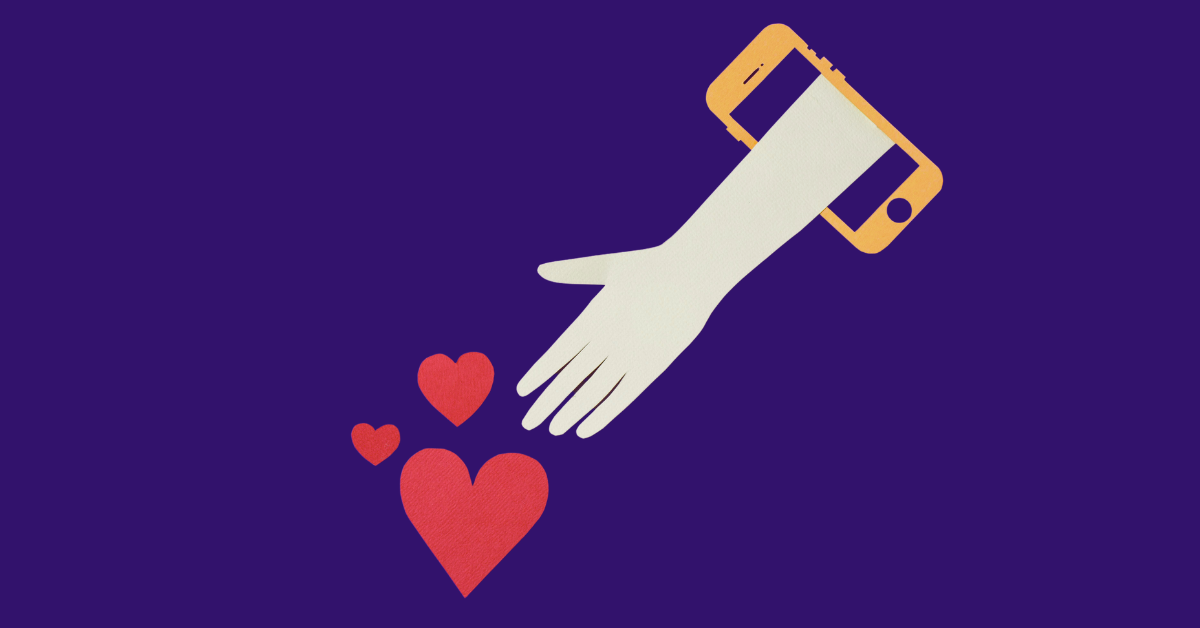Like all great love stories, the dawn of AI began with passion, intrigue, and the search for the right partner.
But in 1952, technologist Arthur Samuel couldn’t find a partner — for checkers, that is. So he built the world’s first intelligent self-learning algorithm on IBM’s first stored thinking computer, the 701. The Samuel Checkers-Playing Program later defeated the fourth-ranked checkers player in the nation. Four years later, mathematician John McCarthy coined the term “artificial intelligence” during a summer research project at Dartmouth, and a new class of machine learning was born.
Artificial intelligence quickly matured from a backroom computer project to a mainstream productivity tool. Here are a few notable dates along the way:
- 1961: Graduate student James Adams builds the Stanford Cart, one of the world’s first examples of a self-driving vehicle.
- 1966: German professor Joseph Weizenbaum creates ELIZA, the world’s first chatbot, as an AI psychotherapist using natural language processing (NLP) to communicate with human patients.
- 1979: Executives from SRI International, Carnegie-Mellon University, the Jet Propulsion Laboratory, and other organizations jointly form the American Association for Artificial Intelligence (AAAI).
The global artificial intelligence market promises to reach a $243 bn in 2025. With an annual growth rate of 27.67%, the market volume is expected to hit $826bn by 2030.But despite benefits in productivity, cost reduction, employee safety, and more, many companies are still hesitant to give AI the love it might deserve. It’s time we explored why.
